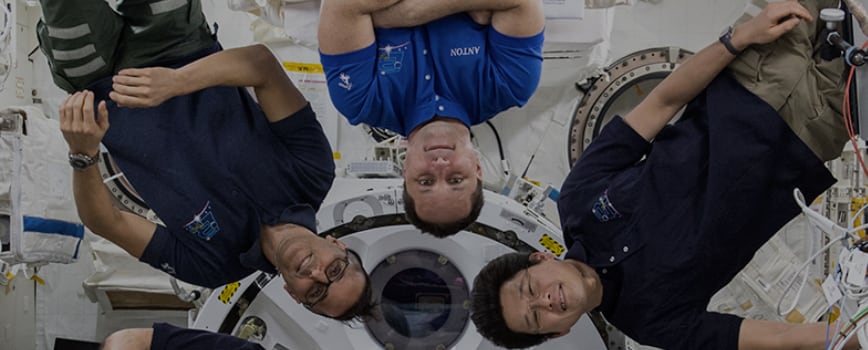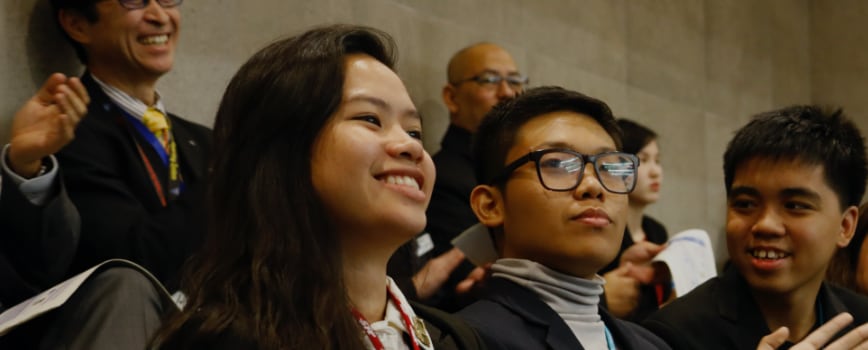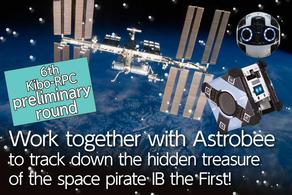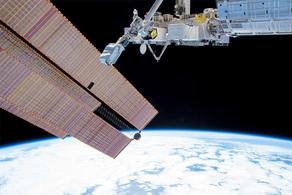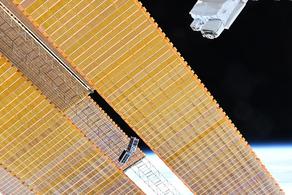2024.03.22
- Announcements
Conducting in-orbit experiments for Asian Try Zero-G 2023!
- Experiment at Kibo
- Kibo Utilization Office for Asia (KUOA)
On February 13, 2024, Asian Try Zero-G 2023, simple space experiments for students were conducted by JAXA Astronaut FURUKAWA Satoshi.
In addition to the previous call for applications in Category A, focusing on experimental themes enabling visual confirmation of physical phenomena, a new category, Category B, has been introduced for applications related to exercises feasible in space. As a result, a total of 245 themes were submitted across both Categories A and B, resulting in 570 proposals received in total. A total of 11 simple physics experiment themes from Category A and 5 exercise themes from Category B were chosen to be conducted in the Kibo module on the International Space Station (ISS). On the ground, the students who proposed the experiments observed these experiments at the Tsukuba Space Center or online. Additionally, the video of the simple physics experiments and exercises conducted in orbit was also distributed to students and other participants who were unfortunately not selected at the theme selection stage, and more than 350 people around the world watched the experiments and exercises in real time.
In addition to the previous call for applications in Category A, focusing on experimental themes enabling visual confirmation of physical phenomena, a new category, Category B, has been introduced for applications related to exercises feasible in space. As a result, a total of 245 themes were submitted across both Categories A and B, resulting in 570 proposals received in total. A total of 11 simple physics experiment themes from Category A and 5 exercise themes from Category B were chosen to be conducted in the Kibo module on the International Space Station (ISS). On the ground, the students who proposed the experiments observed these experiments at the Tsukuba Space Center or online. Additionally, the video of the simple physics experiments and exercises conducted in orbit was also distributed to students and other participants who were unfortunately not selected at the theme selection stage, and more than 350 people around the world watched the experiments and exercises in real time.
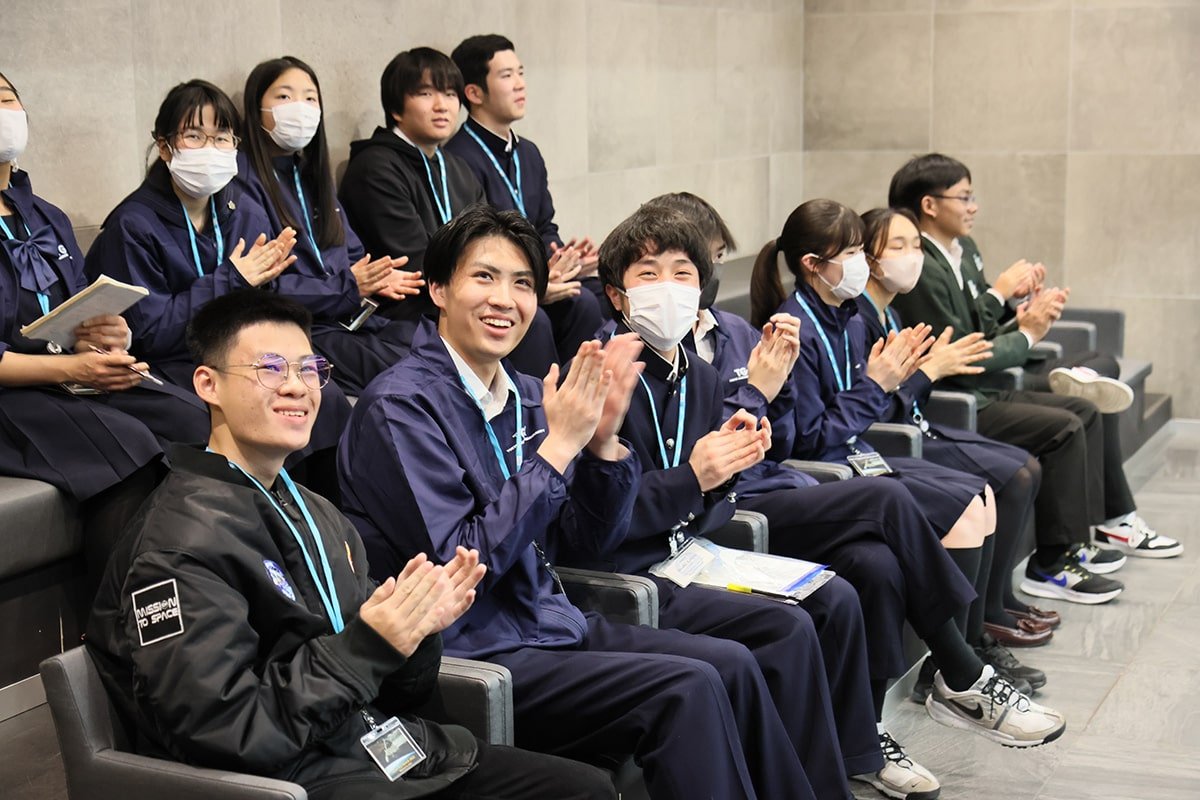
Order of Simple Physics Experiments and Exercises during the Event
| Experiment/Exercise | Country/Region | ||
| Category A | 1 | Twist Athlete Robot Experiment | Australia |
| 2 | Stranger things two ball on string | Thailand | |
| 3 4* |
Lato-lato motion trials in zero gravity Try a total elastic collision in space using the Lato-Lato game |
Indonesia Indonesia |
|
| 5 | Finding the shape of Magnetic Field Lines | Bangladesh | |
| 6 7* |
Magnus Glider Looping Phase in Microgravity Behaviors of the magnus effect in zero-gravity |
Singapore Taiwan |
|
| 8 | Water Spheres and Electrostatic Force | Thailand | |
| 9 | Oloid's Movement in Microgravity | Philippines | |
| 10 | Acceleration of liquid surface in capillary action in microgravity | Japan | |
| 11 | Zero-G Siphon | Singapore | |
| Category B | 12 | Let us blow | Taiwan |
| 13 | Flexibility exercises with rope | Japan | |
| 14 | The Effectivity of Elastic Resistance Band Exercise When Performed in Zero-Gravity | Philippines | |
| 15 | Starfish exercise for Microgravity | Thailand | |
| 16 | Rubber gymnastics on air chair | Japan |
*Similar proposed themes were consolidated into single experimental themes.
In-orbit Experiments
Category A(Simple Physical Experiments)
The in-orbit experiment began with an experiment from Australia. Operating in orbit proved challenging compared to ground operations, prompting JAXA Astronaut Furukawa to make multiple attempts. The team watched over the experiment, feeling both joy and sorrow.
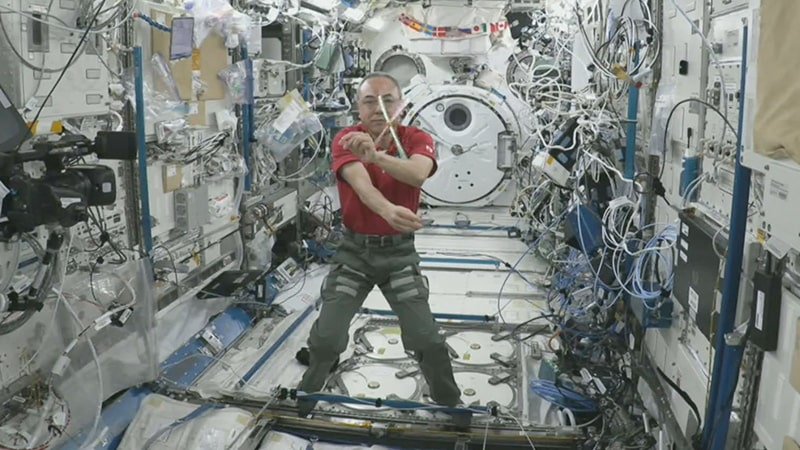
In the next experiment for Thailand, we used an apparatus with two metal balls attached to a string to rotate the metal balls and observe the rotation of the balls. Although the first attempt was hindered by rapid rotation and not well observed, subsequent attempts slowed down the rotation, yielding results in line with the team’s expectations. The team was pleased to see the experiment succeed.
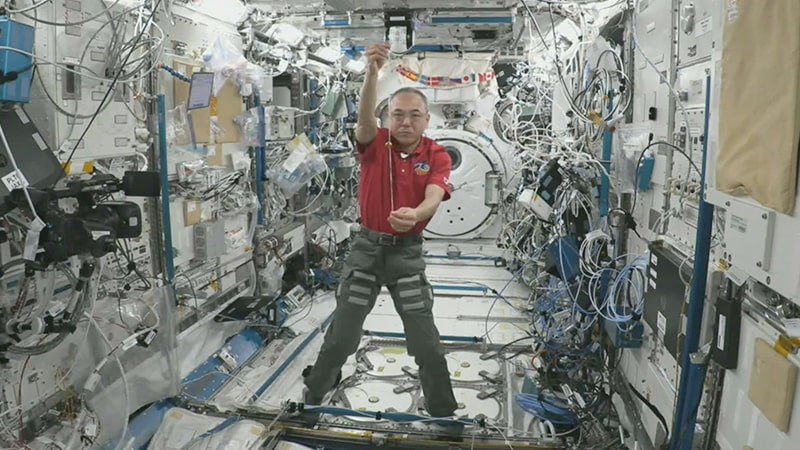
Next, JAXA Astronaut Furukawa conducted an experiment using a toy popular in Indonesia called Lato-Lato (aka American Clacker), which was proposed by two Indonesian teams. At first, we tried Lato-Lato, which is a string with a handle and a ball that are not fixed. It was difficult for JAXA Astronaut Furukawa to hit the balls against each other in succession, perhaps because the balls and handles were not fixed. Therefore, we continued the experiment using another type of plastic Lato-Lato, where the space between the ball and the handle is fixed. After a few tries here and there, JAXA Astronaut Furukawa was able to use the clacker just as well as someone on the ground. The team observed the process online and were amazed by the contrast in difficulty between using the lato-lato on the ground and in orbit.
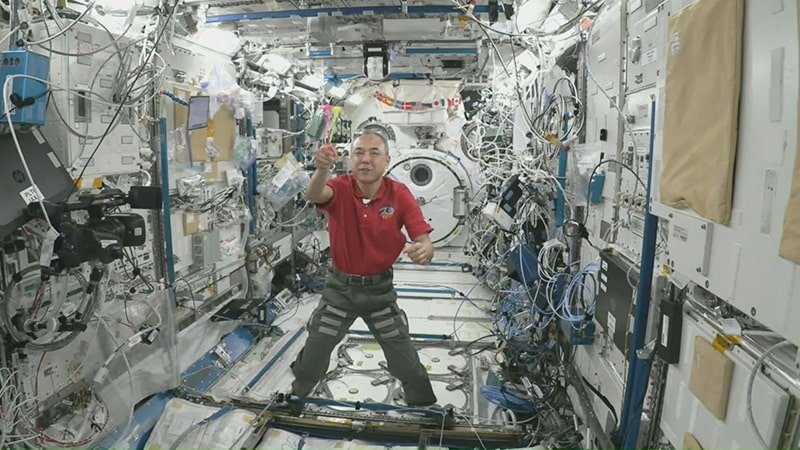
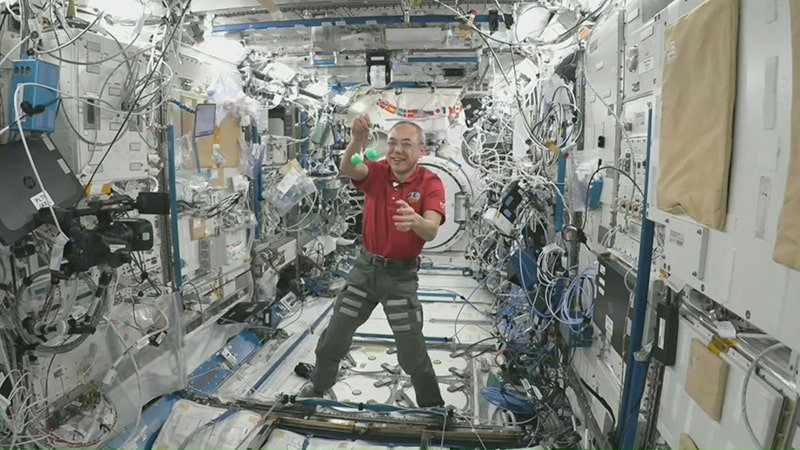
Indonesia: Lato-lato Experiments (Image by JAXA/NASA)
Next was an experiment proposed by Bangladesh. When JAXA Astronaut Furukawa placed a magnet in the magnetic field box, he observed beautiful magnetic field lines. Everyone, including the team and staff watching online, gasped at the results.
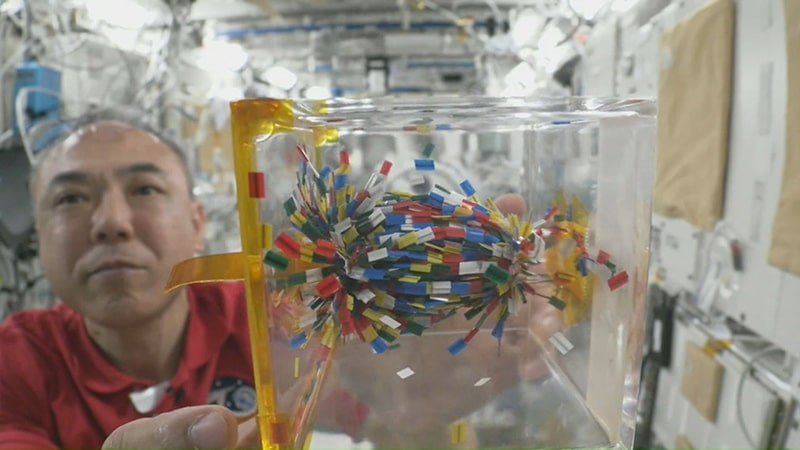
Next, the two teams from Singapore and Taiwan conducted experiments with the Magnus Glider, a device proposed by both teams. They adjusted the number of rubber bands used and the flying angle, then observed the trajectory of the Magnus Glider. The trajectory differed from that observed on the ground, and we anticipate further analysis by the team in the future.
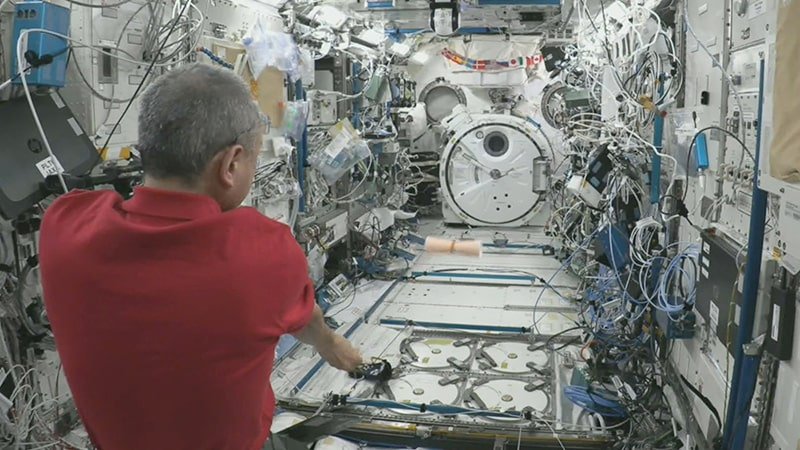
The next experiment took place on a workbench of Multi-purpose Small Payload Rack deployed inside Kibo. The first experiment on the workbench was a proposal from Thailand, aiming to observe the effects of static electricity on water spheres. The team was excited to see how the water spheres were attracted to each other due to the force of static electricity.
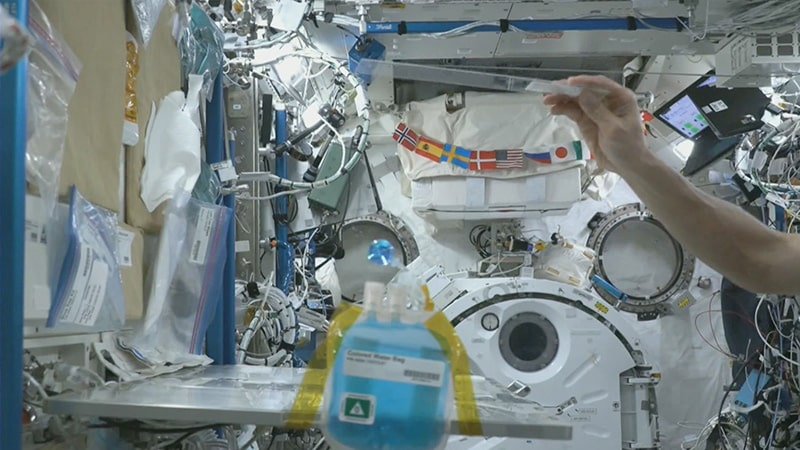
In the next Philippine experiment, the Oloids were prepared and produced by the Philippine team, and JAXA Astronaut Furukawa utilized them in the Kibo cabin. The team observed the trajectory of the Oloids online as they were thrown and rolled and were thoroughly impressed.
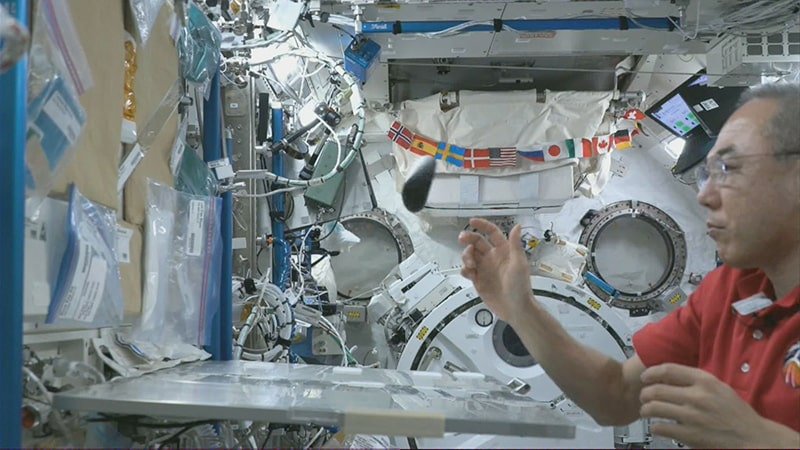
In the next experiment on capillary action proposed by Japan, a phenomenon was observed that differed significantly from the assumptions made by the team beforehand. Once again, the experiment equipment was prepared and produced by the team that proposed the experiment. We eagerly anticipate the team’s analysis in the future!
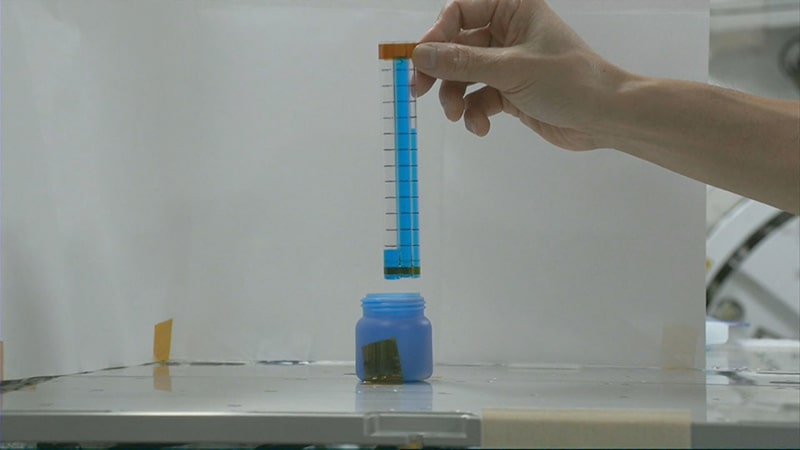
The final experiment conducted on the workbench was proposed by Singapore. Initially, observing the results was challenging, but by adjusting the angle at which JAXA Astronaut Furukawa blew, he managed to observe the rise of water. This amazed the team.
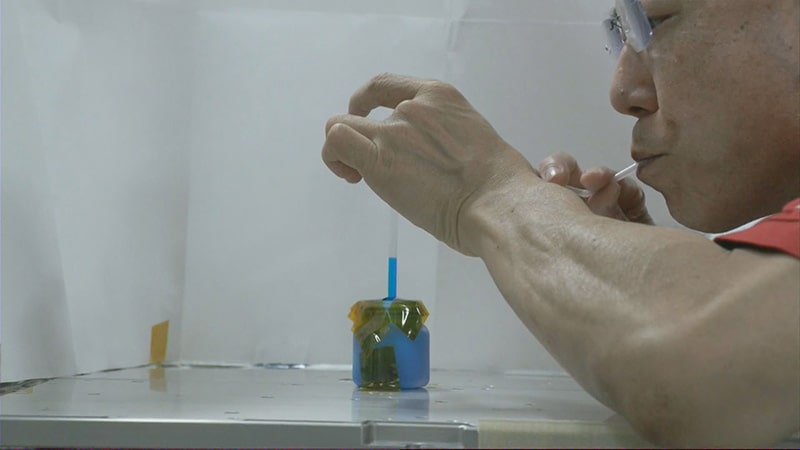
Category B (Exercises)
After completing all the experiments in Category A, the exercise themes were then performed. The first exercise theme was proposed by Taiwan. The team was delighted to observe how the body started to move by blowing forcefully through pipes and straws of various diameters.

Next was a rope exercise proposed by Japan. Although it was initially considered challenging due to the body stiffness often experienced after prolonged space stays, the team was surprised to see it successfully completed in a shorter length than the staff had anticipated.

Next, exercises using rubber bands were conducted. First, exercises proposed by the Philippines were performed, and JAXA Astronaut Satoshi Furukawa shared his impressions of each exercise. The team, who watched the exercise online, were delighted to witness their exercises being performed and to receive feedback about them.
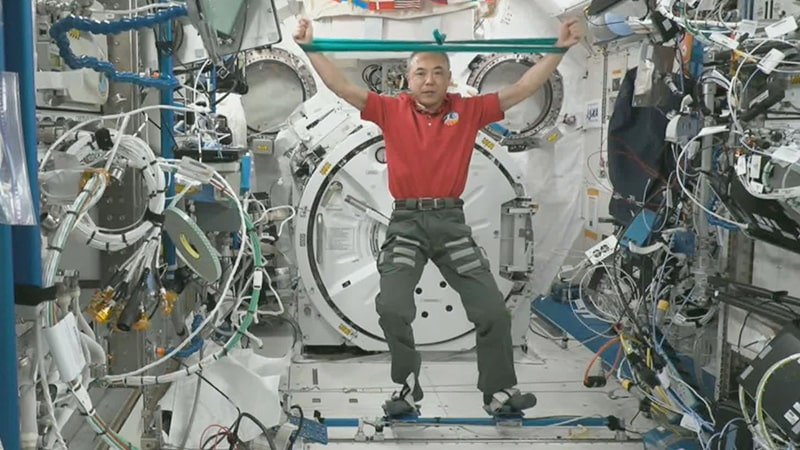
Next was an exercise proposed by a student from Thailand. It appeared challenging to perform the exercises in an environment different from that on the ground, particularly in terms of maintaining body stability. We look forward to hearing JAXA Astronaut Furukawa's impressions during the wrap-up session.

The final exercise proposed by Japan for this in-orbit experiment was performed in the air chair, a challenging posture to achieve on the ground. The team was visibly delighted to see their exercise being performed.
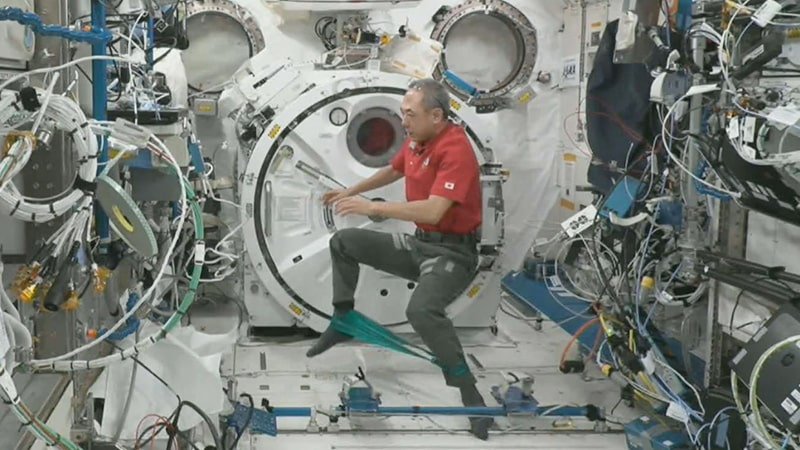
After all experiments/exercises were completed, JAXA Astronaut Furukawa thanked the students and participating institutions in Asia and other regions who applied for this program.
Closing remarks by JAXA Astronaut Furukawa
The physics experiments and exercises for Asian Try Zero-G 2023 have concluded. To all the students at Tsukuba Space Center and other locations, what are your thoughts on the experiments and exercises? We hope you found them enjoyable and intriguing.
Through these simple physical experiments, we observed a variety of phenomena in a unique environment. We encourage everyone to analyze and discuss what they observed.
In closing, I had a great time doing these exercises in space and I hope you all enjoyed them as much as I did. I look forward to hearing your observations and analysis at the results briefing when we return to Earth.
Through these simple physical experiments, we observed a variety of phenomena in a unique environment. We encourage everyone to analyze and discuss what they observed.
In closing, I had a great time doing these exercises in space and I hope you all enjoyed them as much as I did. I look forward to hearing your observations and analysis at the results briefing when we return to Earth.
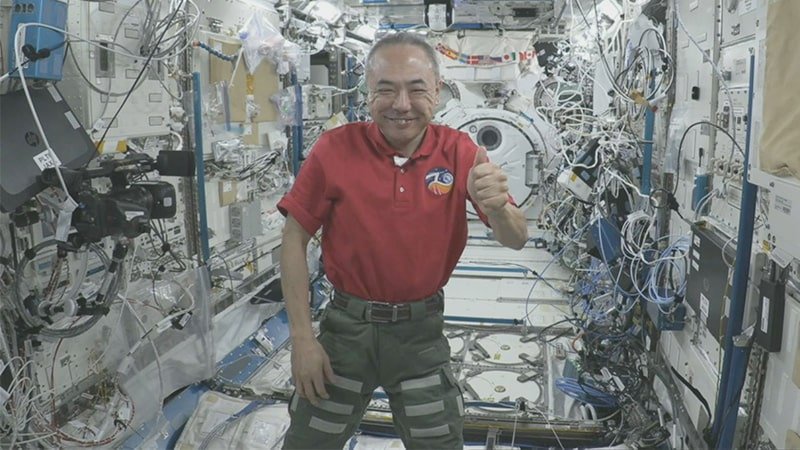
Unless specified otherwise, rights to all images belong to ©JAXA




